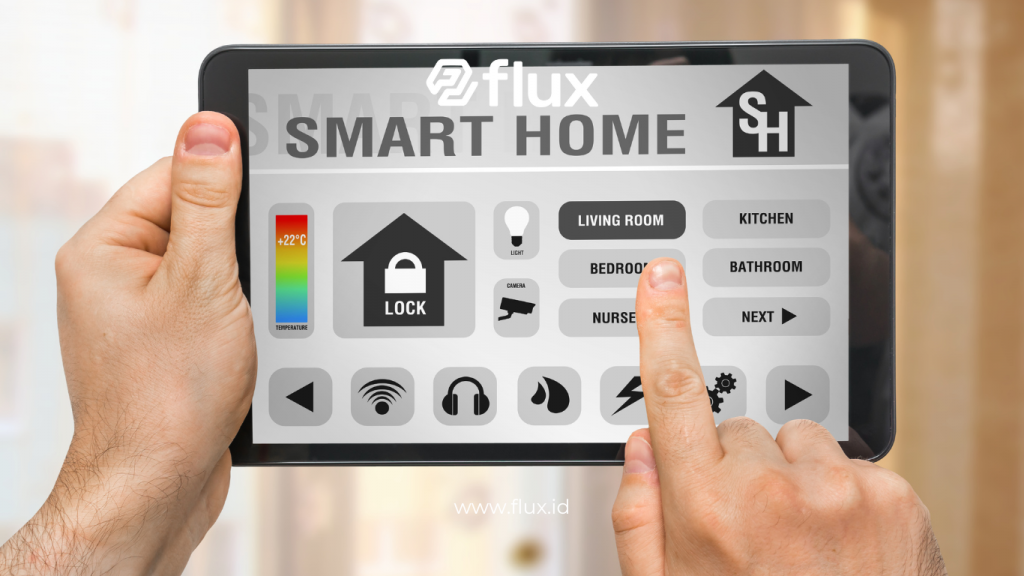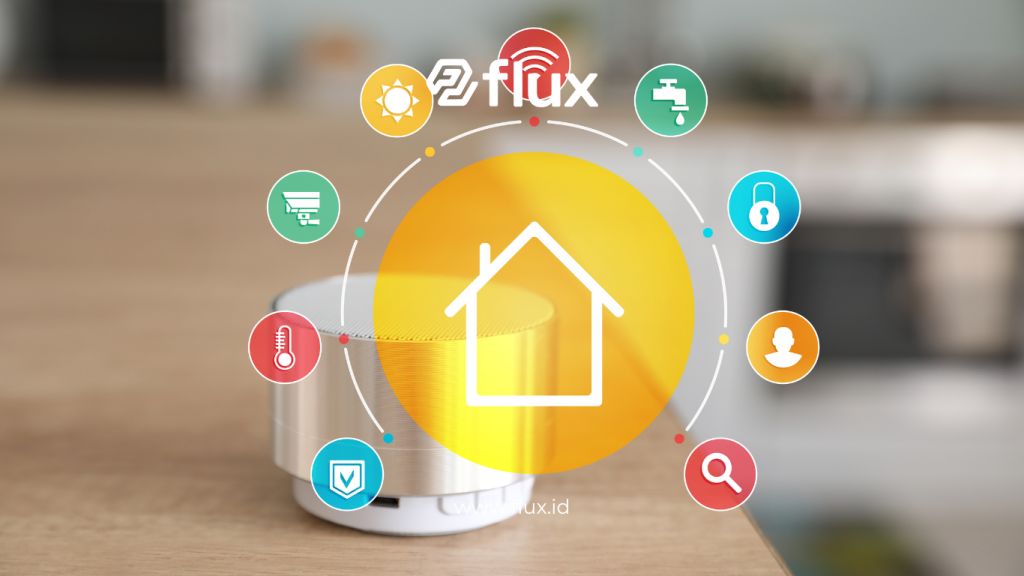Don't miss our holiday offer - 20% OFF!
Entering the Digital Era with IoT-Based Smart Homes. Smart homes are becoming a global trend, as more households embrace the power of the Internet of Things (IoT). This technology allows various devices to connect and communicate seamlessly, significantly improving comfort, efficiency, and security at home.
Contents
- 1 What is an IoT-Based Smart Home?
- 2 Key Benefits of IoT-Based Smart Homes
- 3 Key Technologies in IoT-Based Smart Homes
- 4 Implementing IoT-Based Smart Homes in Daily Life
- 5 Challenges in Using IoT-Based Smart Homes
- 6 Tips for Starting an IoT-Based Smart Home
- 7 The Future of IoT-Based Smart Homes
- 8 Conclusion
What is an IoT-Based Smart Home?

Read More: Bringing the Future to Your Home: The Advantages of IoT in Smart Homes
An IoT-based smart home refers to a house equipped with internet-connected devices that communicate with one another and can be controlled remotely. Some examples include smart security systems, thermostats, and lights that can be easily managed via a smartphone.
Key Benefits of IoT-Based Smart Homes
Embracing IoT in the home brings a range of unique benefits that make life easier and more enjoyable. Here are some key advantages:
- Convenience and Efficiency
- Automated settings simplify household device management.
- Users can schedule home activities easily through mobile apps, saving time and reducing stress.
- Enhanced Security
- Real-time monitoring through cameras, motion sensors, and smart locks can provide peace of mind.
- Since you receive instant notifications, you can respond to any security concerns swiftly, helping to prevent incidents.
- Energy Efficiency
- IoT-based devices reduce energy waste through optimized settings and automatic controls.
- Smart sensors further contribute to energy conservation by adjusting usage based on your routine.
Key Technologies in IoT-Based Smart Homes

Read More: IoT Integration in Smart Home Systems: Benefits and Challenges
Technology plays a central role in creating smart homes, making daily life safer and more convenient. Below are some essential technologies in IoT-based smart homes:
- Smart Sensors
- Sensors for temperature, humidity, and motion allow homes to respond to environmental changes, making them safer and more comfortable.
- Virtual Assistants
- Virtual assistants, such as Amazon Alexa, Google Assistant, and Apple Siri, help you manage your smart home by responding to voice commands.
- Internet Connectivity
- A strong Wi-Fi network is essential, as it keeps all devices connected and operating effectively.
- Application Platforms
- With mobile apps, you can control and monitor your home from anywhere, making it easier to manage even when you’re away.
Implementing IoT-Based Smart Homes in Daily Life
There are many ways you can use IoT to enhance daily routines at home. Here are some examples:
- Automated Lighting
- Lights can turn on or off automatically based on motion, saving energy and reducing manual work.
- Automated Temperature Control
- With a smart thermostat, you can adjust your home’s temperature remotely or set it to match your routine.
- Automated Security
- Security devices like cameras and door/window sensors notify you immediately when there’s a potential threat, allowing you to act quickly.
- Integrated Entertainment Systems
- You can control audio and visual devices through apps or voice commands, enabling easy access to music, movies, and news.
Challenges in Using IoT-Based Smart Homes

Read More: Smart Home IoT Technology: Intelligent Solutions for Everyday Life
Despite their benefits, IoT-based smart homes come with some challenges. Here’s what to consider:
- Data Security
- With devices connected to the internet, data breaches and hacking can be concerns. Regularly updating devices and using strong passwords can help maintain security.
- Device Compatibility
- Not all IoT devices automatically integrate, so selecting compatible devices is essential for a seamless experience.
- Implementation Costs
- Installing smart devices can be costly. However, starting with affordable options, like smart lights, can help you build gradually.
- Dependence on Internet Connectivity
- A stable internet connection is essential. Without it, IoT devices may not function properly, limiting their effectiveness.
Tips for Starting an IoT-Based Smart Home
If you’re ready to start building your IoT-based smart home, these tips will help:
- Start with Basic Devices
- Begin with a few simple devices like smart bulbs or a thermostat to understand how IoT works in your home.
- Choose the Right Platform
- Using a platform like Google Home or Amazon Alexa can make it easier to expand your system later on.
- Ensure Network Security
- Secure your home network with strong passwords and update your device software regularly to prevent hacking.
- Focus on Your Main Needs
- Whether you’re prioritizing security, energy savings, or convenience, focusing on one goal at a time can guide your device choices.
The Future of IoT-Based Smart Homes

Read More: Easily Manage Your Home: IoT as a Smart Home Solution
As technology advances, IoT-based smart homes will become more sophisticated, affordable, and accessible. Emerging innovations like Artificial Intelligence (AI) and Machine Learning (ML) are making IoT devices smarter and more adaptable to user needs. Moving forward, smart homes will likely offer more seamless integration, enabling users to experience a more cohesive and automated lifestyle.
Conclusion
IoT-based smart homes are transforming modern living, bringing greater comfort, efficiency, and security into everyday life. This technology not only streamlines daily tasks but also conserves energy and enhances home safety. While challenges such as data security and installation costs remain, careful planning can help you enjoy the many advantages of a smart home and adapt to the demands of modern life.





